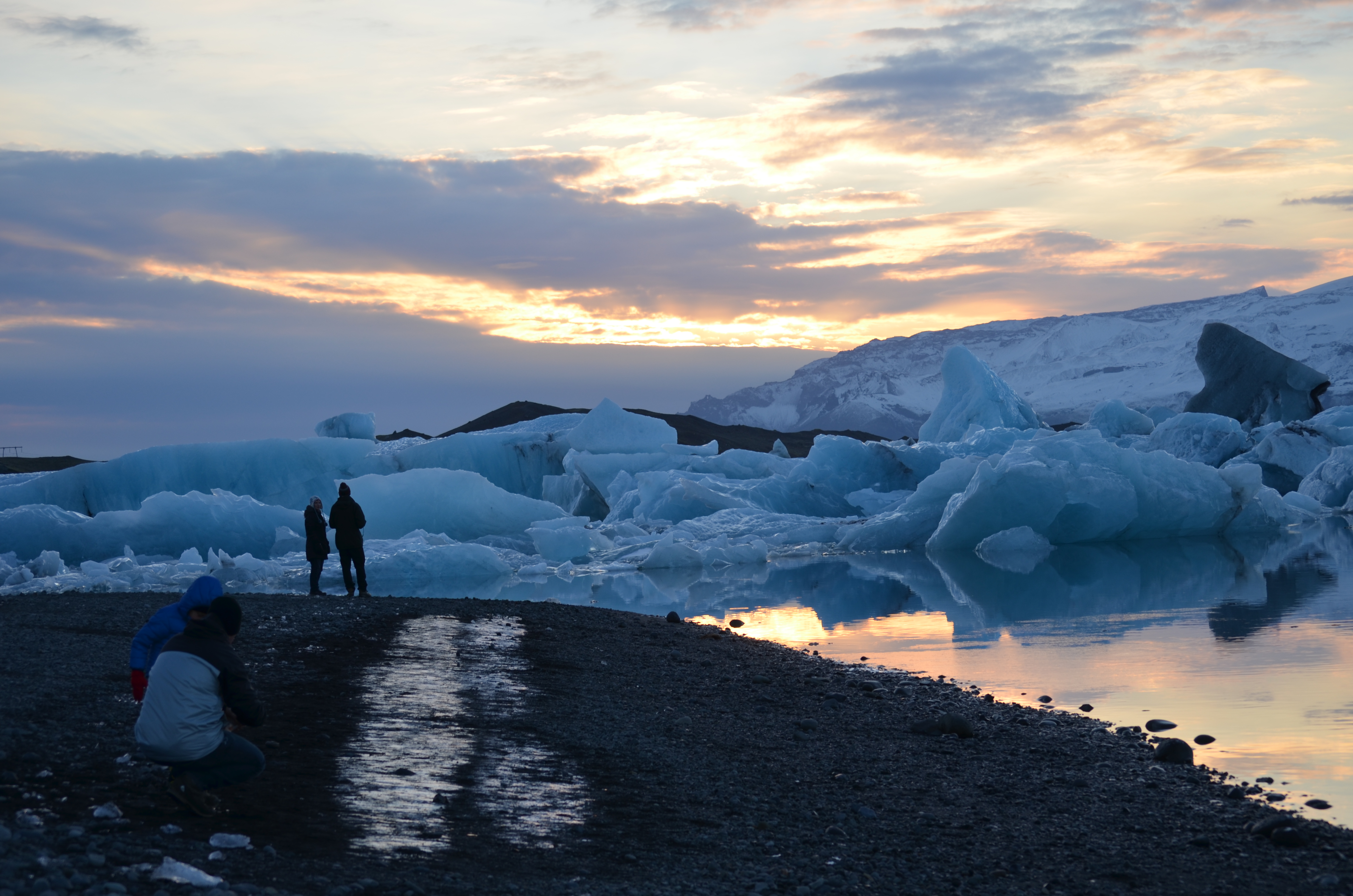carbon storage3
-

New Report Examines Key Steps Forward in Removing Carbon Dioxide from Air
The report describes how “negative emissions technologies” that remove and sequester carbon dioxide from the air will need to play a significant role in mitigating climate change.
-

American Geophysical Union 2018: Key Events From the Earth Institute
The American Geophysical Union fall meeting takes place Dec. 10-14 in Washington, D.C. Here is a guide to key talks and other events from Columbia’s Earth Institute.
-

Can Soil Help Combat Climate Change?
Soil naturally absorbs a huge amount of carbon. Some scientists think we can use it to our advantage in the fight against global warming.
-

Developing Carbon Management Solutions
David Goldberg and Peter Kelemen, scientists at Lamont-Doherty Earth Observatory, are at the forefront of carbon capture and storage research. In this video, they discuss their work and how it will contribute to carbon management solutions and strengthen society’s resilience to climate change.
-

The Carbon Vault
The skin of the Earth is the color of tar, Ridged, freshly healed like the seams of a scar. Through salt-spattered sky, a gray-winged gull sails; Steam gently rises, the island exhales.
-

In a Melting Iceland, Drilling Deep to Stem Climate Change
Iceland is pioneering a new technology to deal with climate change. Its Hellisheidi geothermal power plant, the world’s largest, hosts arguably the world’s most advanced program to capture and lock away globe-warming carbon dioxide.
-

Photo Essay: Iceland at the Cutting Edge of Climate Change
Iceland has a complicated relationship with climate change. As in much of the far north, global warming is already exerting many effects here–arguably both good and bad. Yet the country contributes relatively little to the warming, since most of its energy comes from geothermal and hydro plants, which produce little carbon dioxide. Now, it is…
-

Alma Mater’s Other Secret: a Way Forward on Climate
Sitting on the iconic front steps of Low Library, Alma Mater rests on a plinth that offers a clue to a possible method of carbon sequestration, a vital technology for addressing our problem of too much CO2.

AGU25, the premier Earth and space science conference, takes place December 15-19, 2025 in New Orleans, Louisiana. This year’s theme—Where Science Connects Us—puts in focus how science depends on connection, from the lab to the field to the ballot box. Once again, Lamont-Doherty Earth Observatory and Columbia Climate School scientists, experts, students, and educators are playing an active role, sharing our research and helping shape the future of our planet. #AGU25 Learn More

